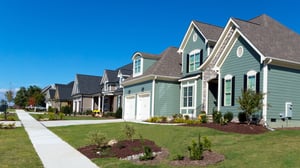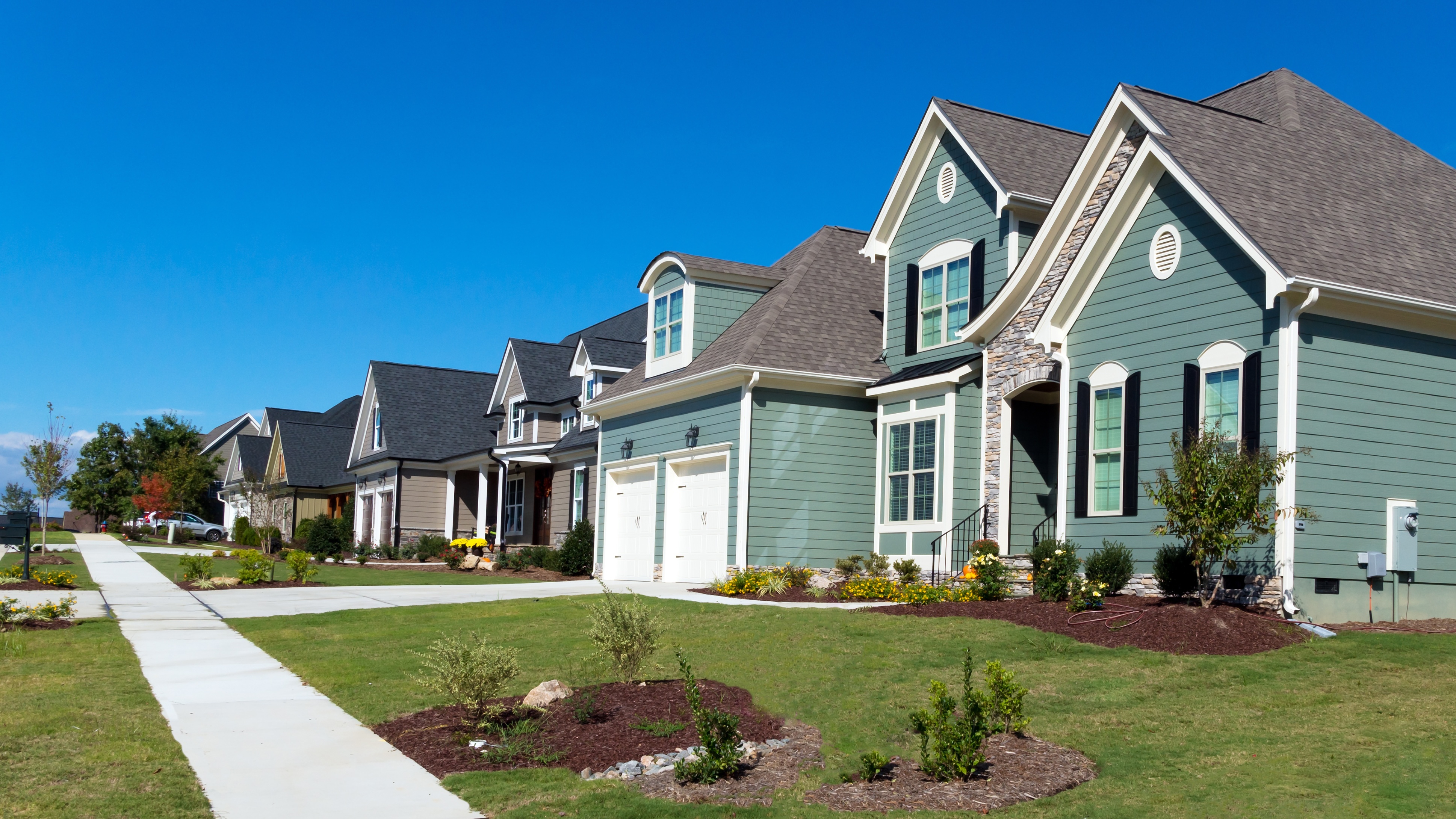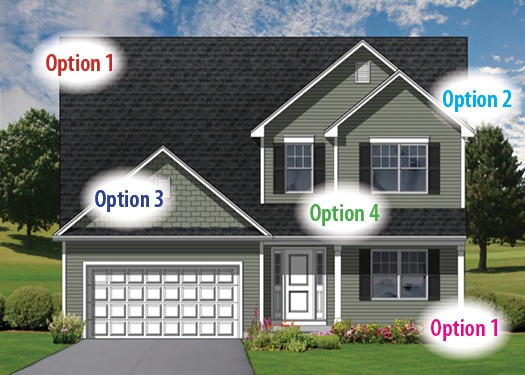Signs Your Meriden Neighborhood Will Mature Well
 Buying a new or existing CT home is about more than the property. You also want to ensure the neighborhood is right for you and your family. While it’s fairly easy to analyze the current state of the area, you also want to choose an area that is likely to continue to improve – which will help increase your home’s value.
Buying a new or existing CT home is about more than the property. You also want to ensure the neighborhood is right for you and your family. While it’s fairly easy to analyze the current state of the area, you also want to choose an area that is likely to continue to improve – which will help increase your home’s value.
It’s possible to find out whether a neighborhood will mature well, but you’ll have to do some research. You can find the information you need from the U.S. Census Bureau and other similar websites. Some of the information provided includes:
- General population
- Population percentage by age, gender and education
- Income levels
- Number of renters vs. homeowners
- Number of households
Population Change
First, you’ll want to compare the change in population from 2010 and even previous censuses with the latest numbers. Armed with this data, you can tell if the area is growing or shrinking. A community that is growing has the potential to drive up property values over time.
You’ll want to dive even deeper to see how your neighborhood will look in a few years. The current population will be aging, and young kids will be grown and possibly moving out or settling in the area with families of their own. If the current population in the neighborhood is comprised mostly of retirees with only a small population of young professionals, it doesn’t bode well for future property values. On the other hand, communities with lots of young families and good school districts are likely to draw in more people.
Where the Jobs Are
Take notice of the businesses in and around your desired neighborhood. People like to live close to where they work, and new companies moving into the area demonstrates a potential for growth in the next few years. If the businesses are moving out, sooner or later, so will the residents.
Consider the types of jobs coming in, as well. Technology companies, health care and other corporations bring in numerous jobs, enriching the community. An area that welcomes small businesses is also likely to have healthy local economy, as entrepreneurs are encouraged to chase their dreams.
Other Data
Additionally, take some time to review data such as income and crime rates. Income levels indicate a certain quality of life. If residents are classified as upper middle class or higher, the area may be considered affluent, which often brings in new residents who desire the same kind of lifestyle.
Low crime rates will encourage movement into the area, while increasing criminal activity will send current residents packing. You’ll want to pay attention to the types of crime the neighborhood experiences, as well. Theft and burglary are fairly common in all neighborhoods, but violent crime tends to scare people away.
In addition to the Census Bureau, you can check the American Housing Survey for updated information. Another way to get valuable data and a feel for what the future holds in your neighborhood is by visiting a city planning office.
Regardless of whether you plan to sell in the near future or live in your home for quite some time, you’ll want to know what your neighborhood might look like in a few years, plus the impact it will have on your property.






